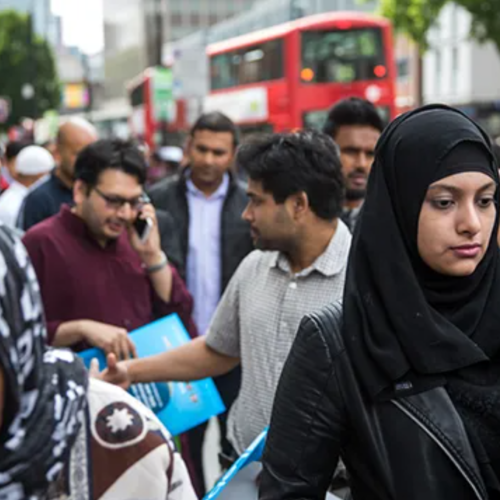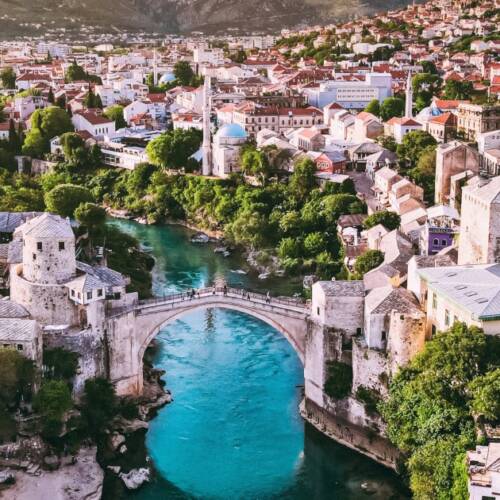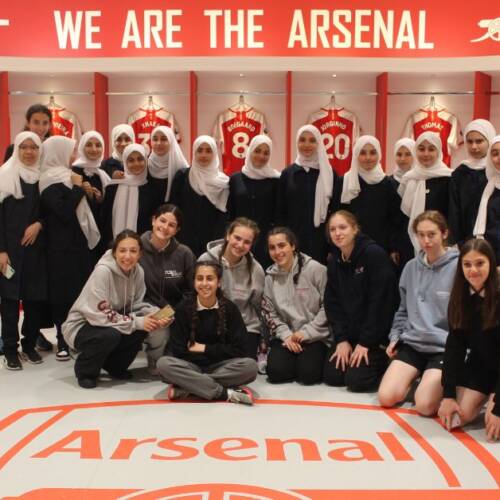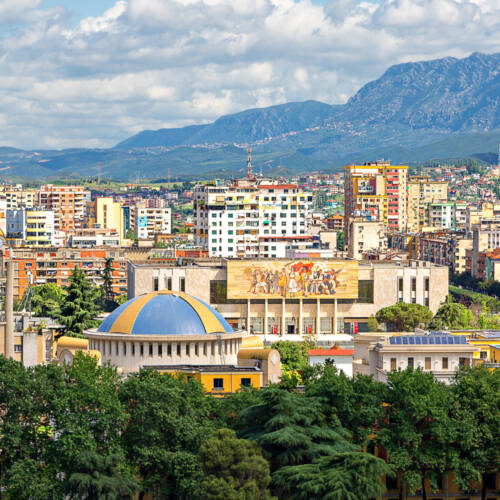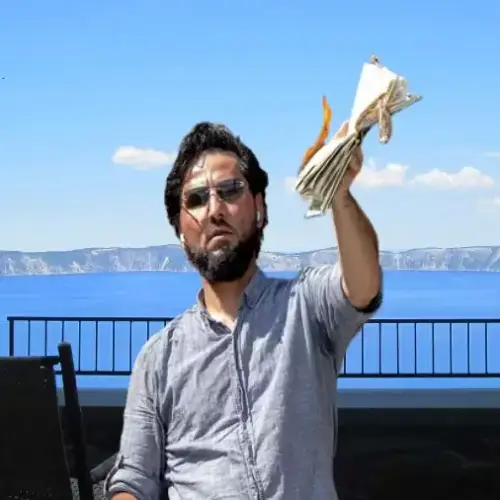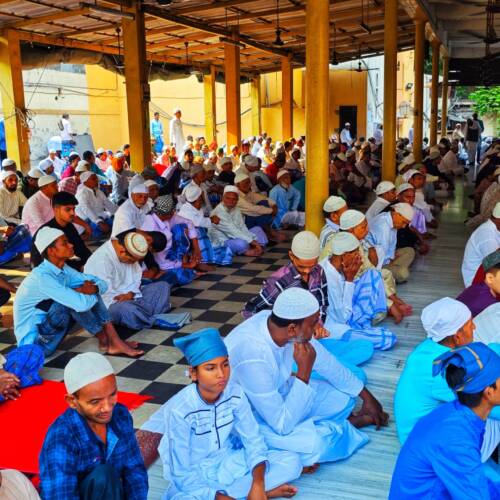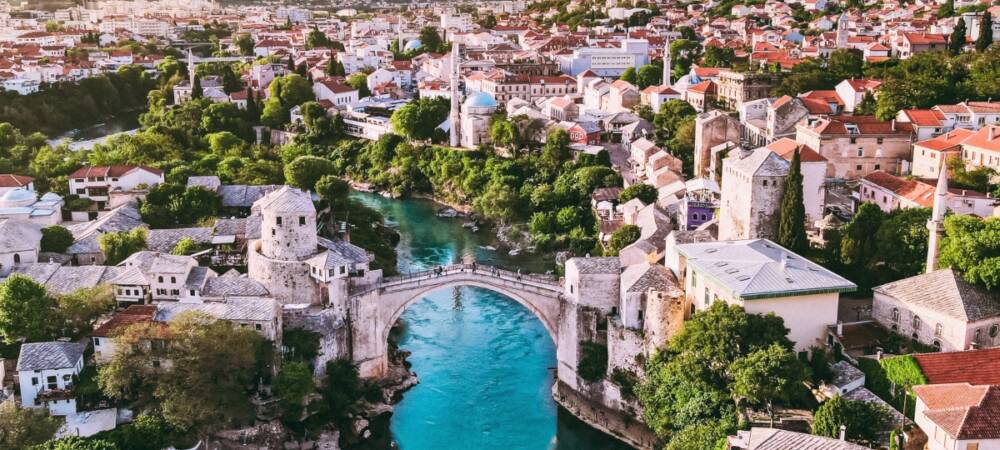
Exploring Mostar, Tracing Islamic Roots through Culture, Cuisine, and Architecture
21 Aug 2023The sun-drenched city of Mostar, nestled in the heart of Bosnia and Herzegovina, has proven to be a captivating destination for travellers seeking to delve into the intricate threads of its Islamic heritage. My recent visit to this enchanting city was a journey of discovery, as I immersed myself in its rich culture, indulged in its tantalising cuisine, and marvelled at the echoes of its Islamic legacy that continue to shape its identity.
Stepping onto the cobblestone streets of Mostar, I was immediately enveloped in a sense of history that permeates every corner of the city. Mostar, with its iconic Stari Most spanning the Neretva River, exudes a unique blend of Ottoman and Slavic influences. The bridge, a UNESCO World Heritage site, symbolises not only the city’s physical connectivity but also its enduring spirit of unity.

As I explored the streets lined with charming shops and bustling bazaars, I couldn’t help but notice the harmonious coexistence of cultures. The call to prayer resonating from minarets mingles with the bells from neighbouring churches, echoing the city’s commitment to diversity and religious tolerance.
Embarking on a culinary adventure through Mostar was a delight for the senses. The city’s cuisine is a reflection of its multicultural heritage, blending Ottoman, Mediterranean, and Balkan influences into a symphony of flavours.

The renowned “čevapi,” flavourful minced meat kebabs, became my gateway to the city’s culinary landscape. Accompanied by freshly baked pita bread, chopped onions, and kaymak, each bite was a fusion of traditions that have stood the test of time. In these savoury morsels, I tasted the echoes of the Ottoman era, a connection to the past that lingers in every bite.
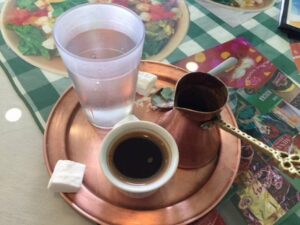
And then there was the Bosnian coffee ritual, a window into the heart of the city’s Islamic heritage. Served in delicate cups, the strong coffee is enjoyed alongside conversation and camaraderie—a practice reminiscent of the coffee cultures of other Islamic societies.
In Mostar, the echoes of its Islamic heritage reverberate through its architecture. The Koski Mehmed Pasha Mosque, with its graceful minaret and serene courtyard, encapsulates the essence of Ottoman design. Stepping into this sacred space, I was transported to a time when the mosque served as a centre of community, worship, and culture—a tradition that endures to this day.

 Beyond the mosque’s walls, Mostar’s streets are adorned with shops that offer intricate crafts and wares. This bustling commerce is reminiscent of the city’s history as a hub of trade, where merchants from diverse backgrounds converged to exchange goods and ideas.
Beyond the mosque’s walls, Mostar’s streets are adorned with shops that offer intricate crafts and wares. This bustling commerce is reminiscent of the city’s history as a hub of trade, where merchants from diverse backgrounds converged to exchange goods and ideas.
Mostar’s history, though marked by conflict, has evolved into a narrative of unity and resilience. During my stay, I witnessed a community that actively celebrates its diversity, coming together to honour its shared past and create a vibrant present. 
As I reflect on my time in Mostar, I am reminded of its intricate blend of cultures, the tantalising flavours of its cuisine, and the timeless echoes of its Islamic heritage. Mostar stands as a testament to the power of history to shape a city’s identity and the beauty of embracing diverse traditions. I invite fellow travellers to embark on their own journey of exploration, tracing the footsteps of history while revelling in the vibrant tapestry of Mostar.






